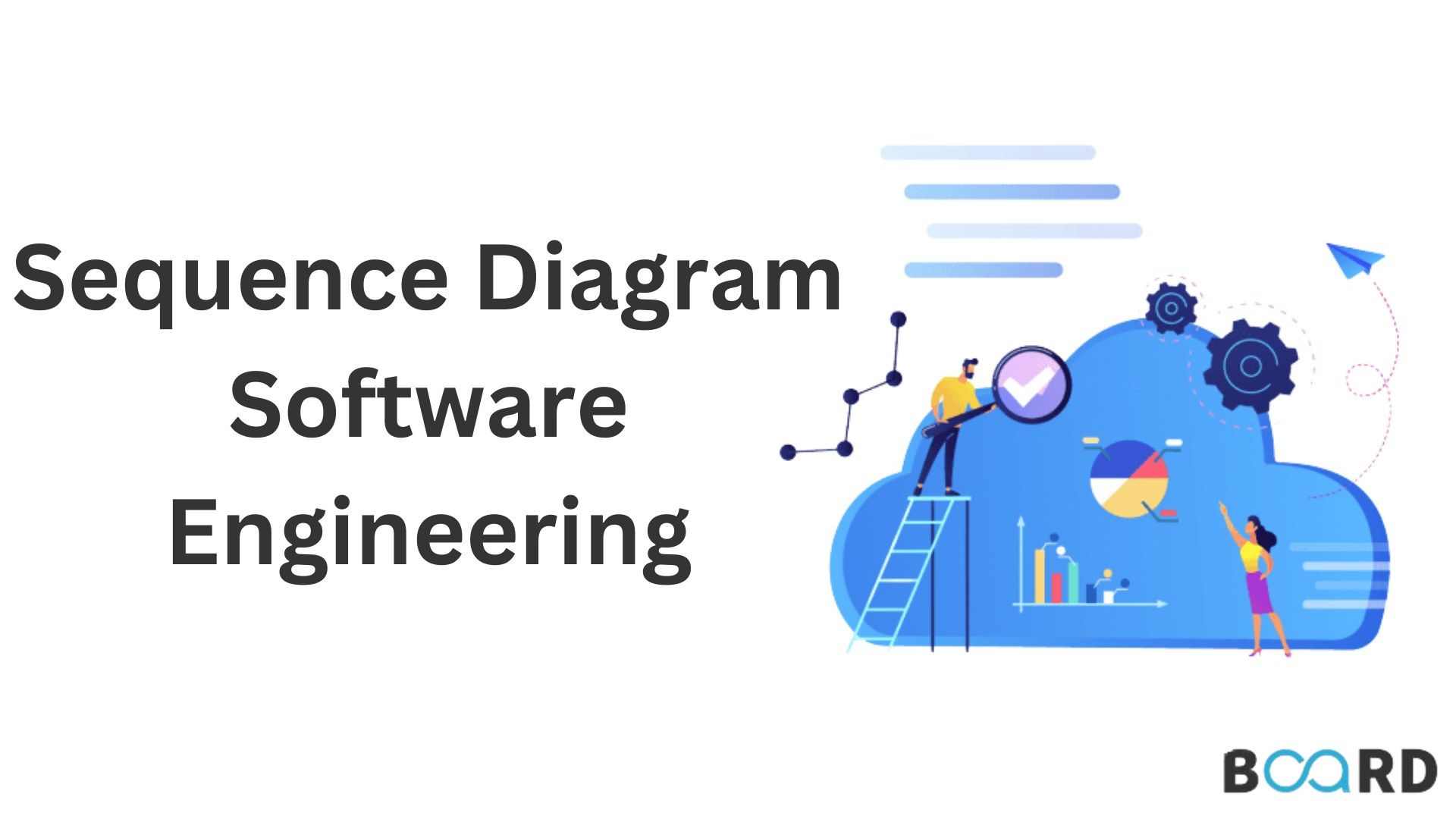Mastering Software Engineering: Diagrams, Models, and Testing Techniques
Learn About Sequence Diagrams in Software Engineering

Introduction
A sequence diagram is a diagram created using the Unified Modeling Language (UML) that shows the flow of messages sent and received by objects during an interaction. A group of objects that are represented by lifelines and the messages they exchange over the course of an interaction makes up a sequence diagram.
The order in which messages are transferred between objects is depicted in a sequence diagram. Sequence diagrams can also display the command chains that link items. A customer, teller, or bank manager, for instance, could be represented by a lifeline in a sequence diagram for a banking scenario. Messages transmitted between them serve as a representation of the interaction between the customer, teller, and manager. The objects and the communications exchanged between them are depicted in the sequence diagram.
Development process and sequence diagrams
Sequence diagrams can be used to explain interactions between system objects at various phases of development, as seen in the accompanying table.
The collaboration and interaction occur in the Project Explorer view and an interaction frame appears in the diagram editor when you construct a sequence diagram, as shown in the accompanying figure.
The associated interaction frame is visible in the diagram editor, and a sequence diagram is available in the Project Explorer view.
The participants in the interaction are placed in the interaction frame in any sequence from left to right, and the communications between them are placed in sequential order from top to bottom.
Execution specifications, which indicate the beginning and end of the flow of control, are displayed on the lifelines.
Sequence diagrams were stand-alone diagrams prior to UML 2.0. You had to utilize comments if you wanted to reuse a diagram entirely or even just a section of it. If you are using UML 2.0 or later, you can reference another interaction from within an already-existing interaction by using interaction uses. You can view the referenced interaction's sequence diagram and open it by clicking the interaction usage.
The components of sequence diagrams are discussed in the following areas:
- Lifelines in UML Diagrams:
Lifelines in UML diagrams serve as a representation of the items involved in an interaction, such as in sequence or communication diagrams. For instance, in a financial setting, lifelines could stand in for entities like a client or a bank system. A lifeline represents each occurrence in an engagement.
- UML diagrams with messages:
In a Unified Modeling Language (UML) diagram, a message is a component that specifies the kind of communication that can take place between instances during an interaction. A message is a means of communication between instances in an interaction, each of which is represented by a lifeline.
- Sequence diagrams with combined segments:
Combinated fragments are logical groupings that are represented in sequence diagrams by a rectangle and contain the conditional structures that influence the flow of messages. The interaction operator defines a composite fragment, which includes interaction operands.
- Utilizing interaction in sequence diagrams:
Interaction uses in sequence diagrams let you make references to other previously occurring interactions. A complex sequence can be built up from smaller, simpler interactions.
Uses
- Sequence diagram applications include modeling and visualizing the reasoning behind complex functions, operations, or processes.
- The intricacies of UML use case diagrams are also displayed using them.
- used to comprehend the precise operation of present or future systems.
- Imagine the flow of information between different system elements or objects.
